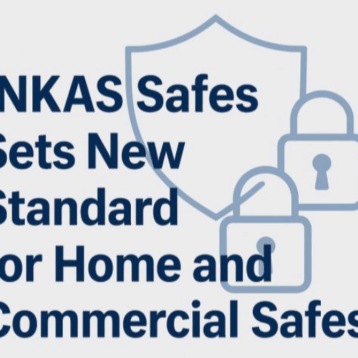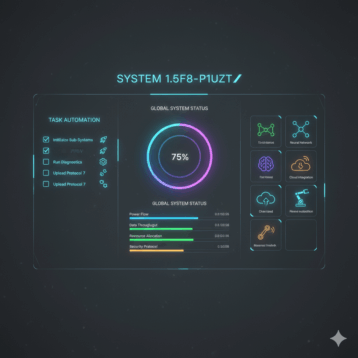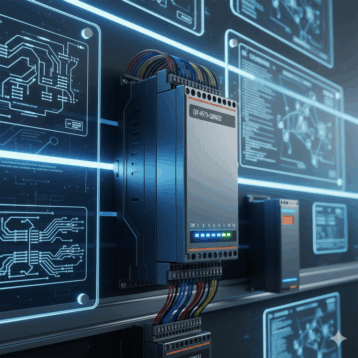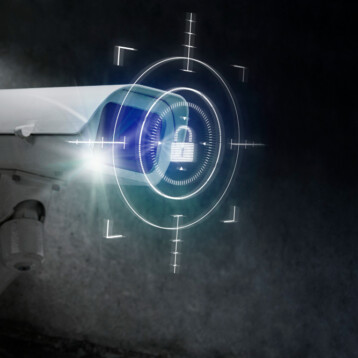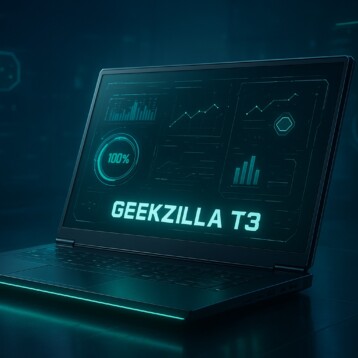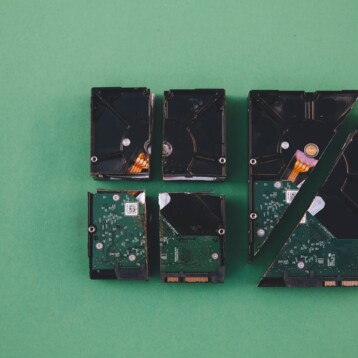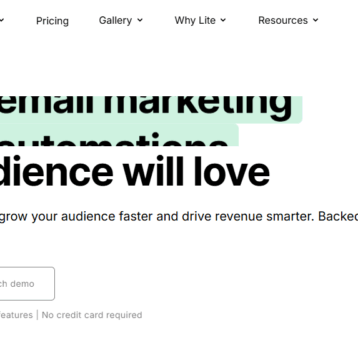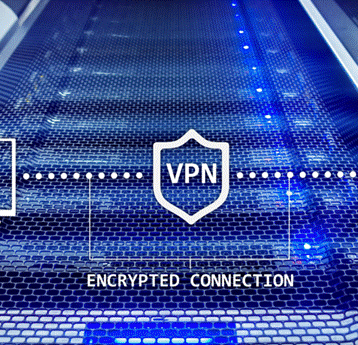Cloud adoption is no longer optional.
For organizations that want to grow and streamline their internal processes, it’s an essential technology.
Further down the line, it’s projected that the cloud will play an even greater role for companies. According to Statista, the revenue for the cloud market is expected to increase and exceed 466.4 billion by 2028.
As businesses are well aware, when they introduce new technologies, there is a heightened need to protect them against hacking. In light of the rising number of cyberattacks that target the cloud, this is now more relevant than before.
So far, we’ve learned that cloud environments pose unique security challenges. Such problems seek tailored solutions.
One of them is Cloud Detection and Response (CDR) — a cybersecurity tool designed for modern environments.
How is CDR becoming more and more relevant as we shift important assets and infrastructures to the cloud?
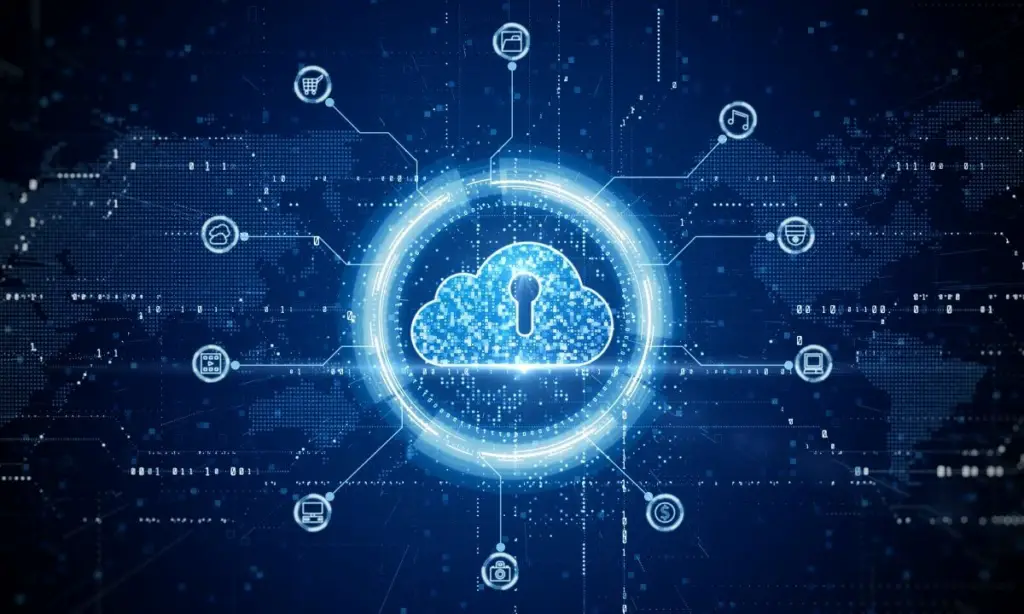
Replacement for Traditional Security Solutions
Old-school security tools aren’t cut out to protect current cloud environments. They cannot monitor all of it, let alone keep track of it at all times. Most traditional solutions are designed for on-premises protection.
If we apply them to the cloud, that might mean that they:
- Might not be compatible with the cloud security provided by cloud vendors
- Limit the scalability of security with the upsizing of the cloud
- Require vastly different protocols, architecture, and security measures
- Aren’t suitable for systems that rely on automation
The majority of companies that adopt the cloud have multi-cloud and hybrid structures. They’re more challenging to defend against cyber attacks. This means that they have ecosystems that are getting more complex every year.
Cloud infrastructures are notorious for being riddled with vulnerabilities. Multi-cloud structures are riddled with even more misconfigurations and flaws.
Why are configuration errors still a major issue for multi-cloud environments?
As businesses introduce cloud components from several providers, each of them requires varied configurations. As a result, mistakes are bound to happen — regardless of how skilled our security professionals are.
How can we prevent vulnerabilities from turning into major hacking incidents?
Organizations that adopt the cloud need tools specialized for this environment. CDR was designed to supplement the traditional tools. But it also has functionalities of other solutions created to suit businesses of today (e.g. EDR, NDR, or EXD).
Lack of Visibility Because of a Growing Attack Surface
For companies that add cloud environments to their infrastructure, the attack surface (everything that can be exploited by a cybercriminal) increases. The attack surface of companies has expanded because they have more cloud components than ever before.
As a result, the visibility into the entire infrastructure gets murky. Then, it can take longer for businesses to identify and mitigate high-risk threats.
A growing attack surface means that companies need tools that can cover the ever-scaling environment but also detect and mitigate potential exploits early.
As mentioned, clouds are notorious for having many configuration errors. If mistakes aren’t discovered early, they can lead to hacking. One such exploited error can cost the company millions in downtime, post-attack remediation, and potential data breaches.
How can we detect flaws within the cloud before hackers?
One way is to automate as many processes as possible. Most companies have fewer security professionals than they need on their teams.
CDR has an important role here. It gathers insights from all the cloud assets that the company has and offers more visibility for previously siloed multi-cloud systems.
Need for Automated Security Solutions
Companies today face more cybercrime than ever before. In the future, the sheer volume of threats will only escalate. To stay on top of things in the security department, businesses use solutions that rely on automation, AI, and machine learning.
Infrastructures based on the cloud are heavily reliant on automation for scaling. That’s why they need more flexible and automated security that can follow these changes.
Cloud Detection and Response is a tool that automates:
- Monitoring of the complete cloud environment to pinpoint possible security risks
- Threat detection that relies on machine learning and context analysis of the findings
- Automated AI-powered response to cybercriminal incidents
It presents results in a single interface to enable IT staff a complete overview of the growing cloud ecosystem. For security professionals (both new and seasoned), this also means that they can visualize possible threats more easily.
More importantly, it can keep track of the entire cloud-powered attack surface 24/7. For a system that can shift and change in minutes, these tools must monitor the activity at all times.
The longer it takes us to discover the attack or even vulnerabilities, the more expensive the attack will be for the company. It was estimated that, in the worst-case scenario, a minute of a cyberattack could cost a company $1.79 million.
Prognosis for Cloud Detection and Response (CDR)
In the last couple of years, companies have been adopting the cloud left and right. That includes adding several separate cloud-based solutions or shifting to cloud-native environments. For hackers, this means they now have more possible points of attack.
“What’s past is prologue.” Therefore, cloud hacking is a cybersecurity trend that is bound to continue. Companies will add more cloud components, and hackers will keep finding innovative ways to compromise them.
With new additions to their infrastructure, companies will need comprehensive protection. They need something that’s built for their exact needs.
This is where Cloud detection and response (CDR) will be more relevant than ever before. It will offer a critical security technology for companies that want to protect their cloud assets.
As they face more and more threats, the tools they use must be based on AI and machine learning. That ensures they can automate the tools to block the known attacks right away.
Just as cloud adoption is a necessity, so is the security that can help protect it from hackers.


